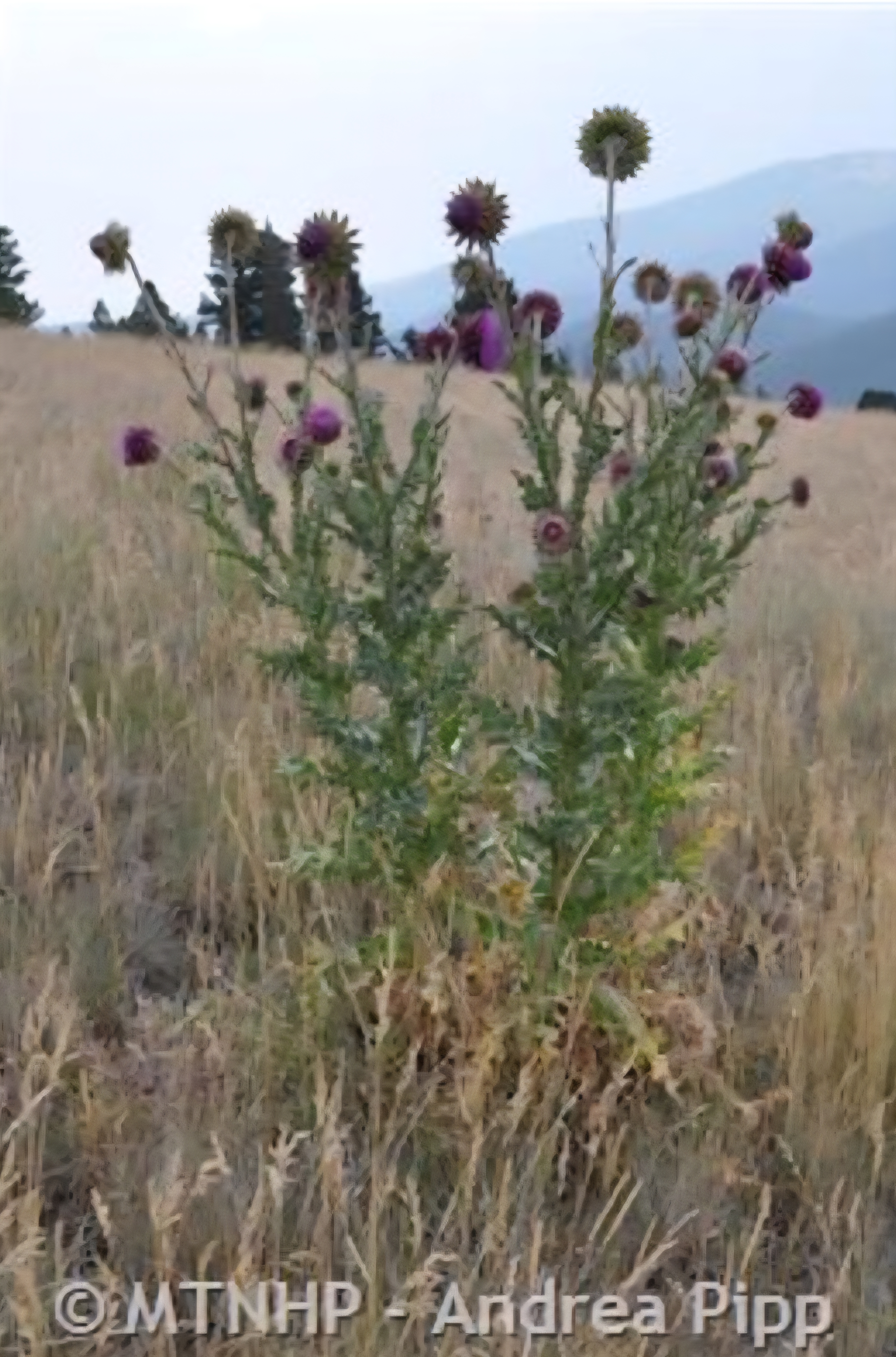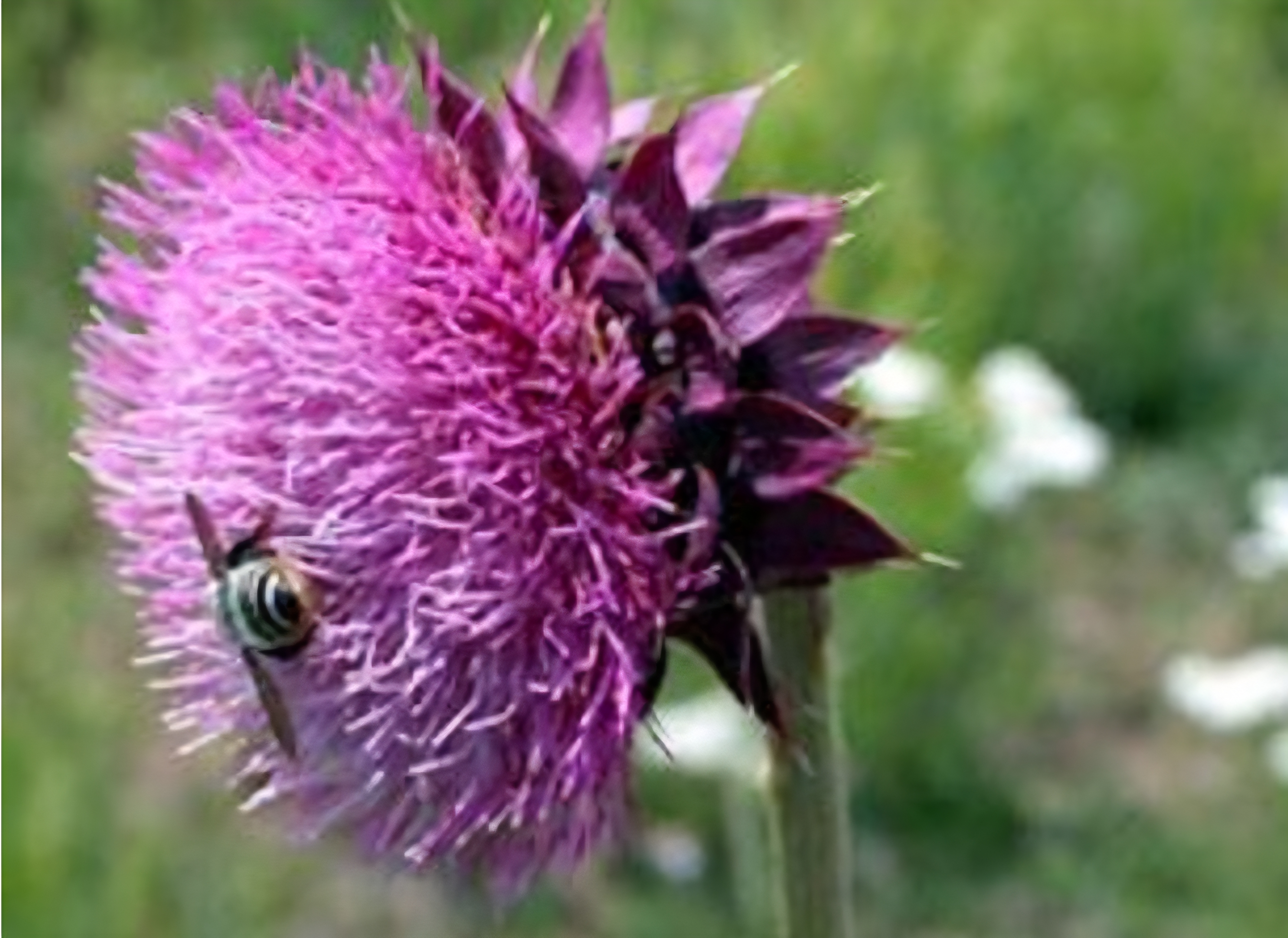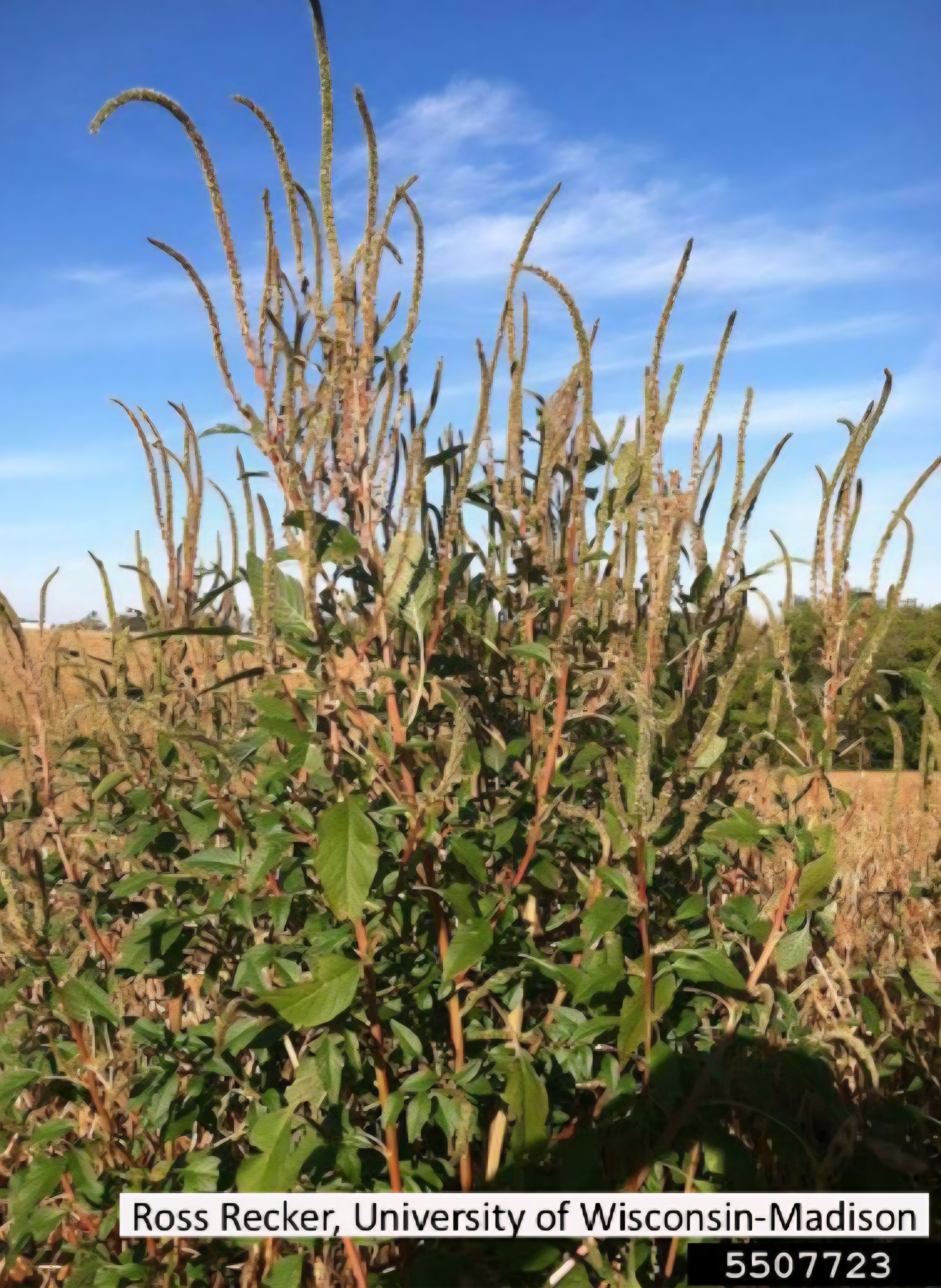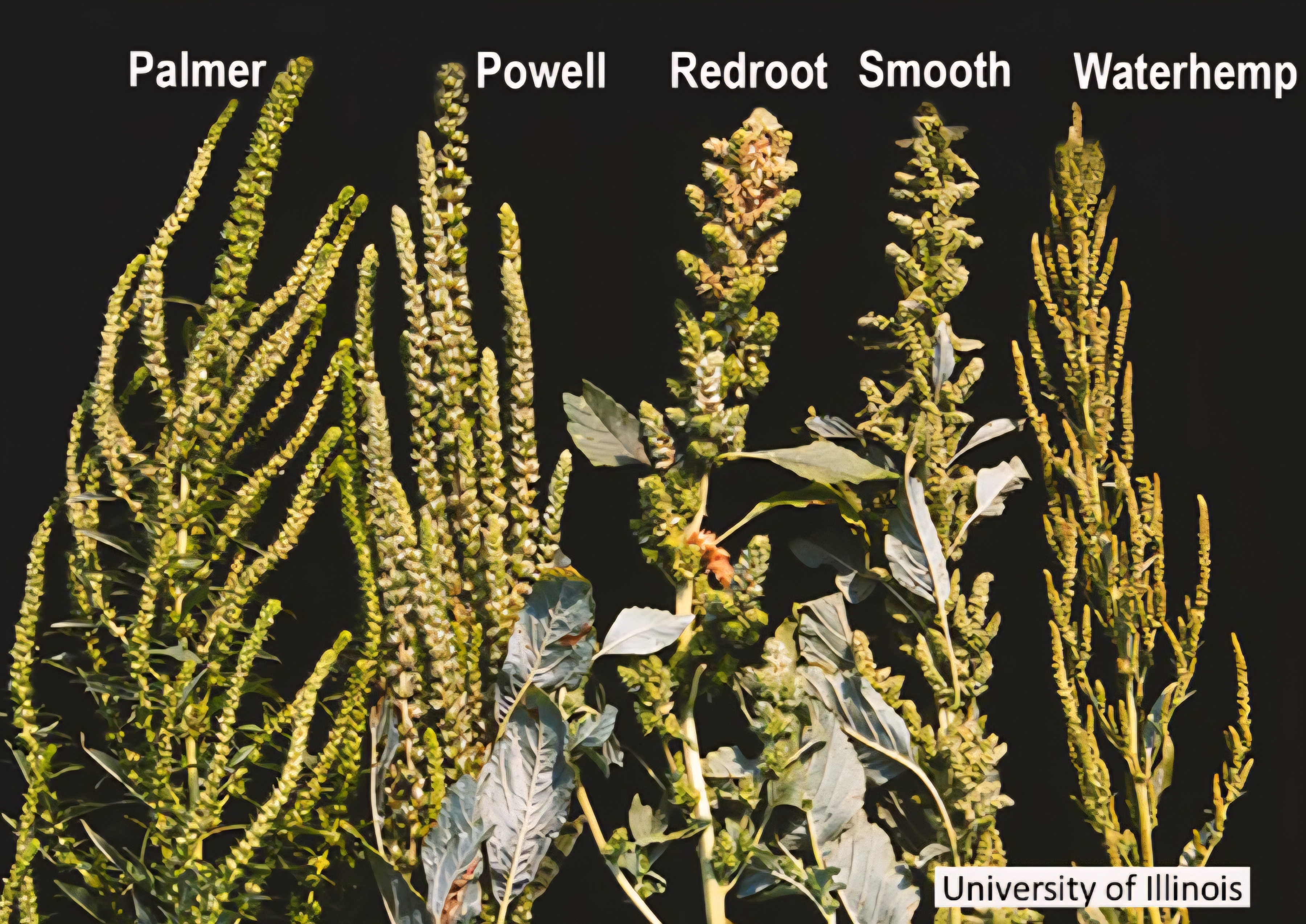What’s A County Listed Noxious Weed?
Author: Jessica Bushnell, Broadwater County Noxious Weed Coordinator
What’s A County Listed Noxious Weed?
Jessica Bushnell
Broadwater County Noxious Weed Coordinator
Every two years, the Broadwater County Noxious Weed Board reviews the County’s noxious weed management plan. This plan guides the Commissioners and the Noxious Weed District Staff on what priorities the District has for the coming years. In addition to the Montana State Noxious Weed List, we in Broadwater have our own list.
This list is further broken down into three categories:
* Control
* Manage
* Toxic/Poisonous
These noxious weed species can rapidly spread and invade lands, rendering them unfit for beneficial uses. Management criteria include awareness and education, monitoring and containment of known infestations, and eradication where possible. This species might not be economically important to the whole state, but it might have a significant impact on a specific county.
Our first series of articles will cover the control category. These plants have the potential for severe negative impacts. Management criteria will require eradication or containment. Broadwater County requires control of these plant species. We will cover the first two species on our list, Musk Thistle and Palmer Amaranth.
Musk Thistle (Carduus nutans) is an annual or biennial thistle native to Europe and Asia. It is thought to have arrived in the ballast of ships. Musk Thistle can range in height from 1 to 7 feet. When the flowers reach maturity, they often nod, alluding to another common name, Nodding Thistle.
Musk Thistle can thrive in almost any habitat but really likes disturbed ground. It is only spread by seed, and the seed can be viable in the soil for 10 to 15 years. The fluff on the individual seeds allows it to spread by wind, like the Dandelion does. Musk Thistle is a taproot plant, and digging or severing the root crown will kill the plant. For herbicide recommendations, reach out to the Noxious Weed District or check the county website.
Up next, we have Palmer Amanaranth (Amaranthus palmeri). Palmer amaranth is a native pigweed to the southern United States but has steadily expanded its range north and east, threatening crops lands as it expands its territory. Palmer amaranth easily invades crop fields, especially annual crops. It can greatly reduce yield in those fields, and the presence of its very small seeds can render seed crops unsellable. Palmer Amaranth is difficult to discover in seed mixes. It has even been found in bird seed and growing under bird feeders!
It is a prolific seed producer, a very fast grower, and has many herbicide resistances, making prevention the most important tool. An herbaceous, summer annual, Palmer amaranth can grow up to 10 feet tall, but usually 6-8 feet tall when it is not mowed. It can grow over 2 inches a day, in the right conditions.
This plant is dioecious, meaning there are separate male and female plants. There have been limited instances of this plant found in Montana, and they have only been male plants. Palmer Amaranth can easily be confused with other pigweed or amaranth species, but if you suspect you have seen it, please let the Noxious Weed District know ASAP! If Palmer Amaranth is found, the County and the State have programs that will treat this new invader.
Article Images
Click on Image Thumbnail(s) to view fullsize image
PhotoCredit: See captions
Image 1 Caption: Musk Thistle
Photo Credit: MTNHP Adrea Pipp
Image 2 Caption: Musk Thistle Flower
Photo Credit: Mary Ellen (Mel) Harte
Image 3 Caption: Palmer Amanaranth
Photo Credit: Ross Recker, University of Wisconsin-Madison
Image 4 Caption: Palmer Amanaranth
Photo Credit: University of Illinois



